The all-electric sibling of Volvo, Polestar, is facing a crucial period of transformation. With a new CEO, new models hitting the market, and a new production plant in South Carolina, the question remains: will these changes be enough to halt Polestar’s decline? Industry experts suggest that the brand’s future as a stand-alone entity might be in jeopardy. Does Polestar Have a Problem?
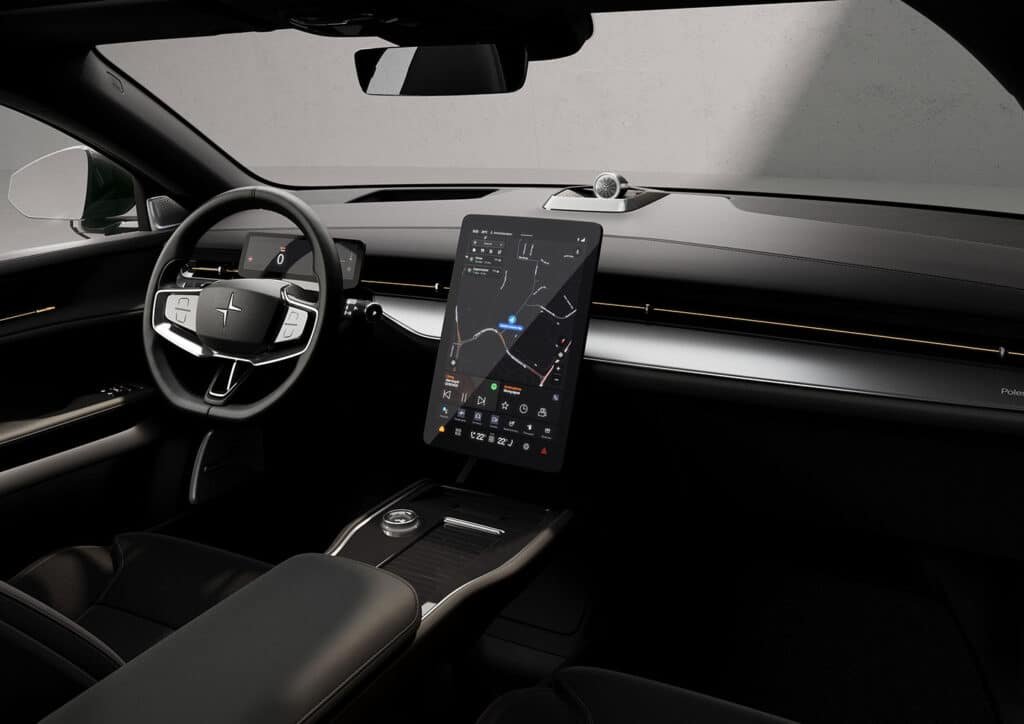
If you’re considering buying a Polestar, it’s worth noting that many auto industry analysts and academics believe the premium EV brand may not remain independent for much longer. According to Peter Wells, a business professor and director of the Centre for Automotive Industry Research at Cardiff University in Wales, Polestar might be better off rejoining Volvo. “Fold it back into Volvo,” Wells advises, pointing to the brand’s uncertain future.
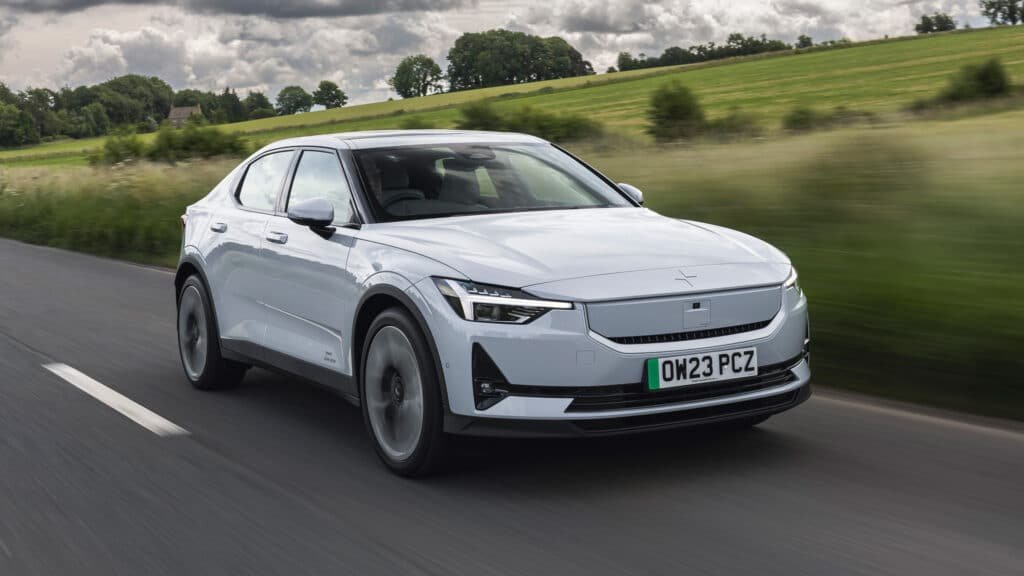
A Brief History of Polestar
Polestar started in 2005 as the brand name for a Volvo-tuning, gasoline-powered motorsports team based in Sweden. Ten years later, in 2015, Volvo bought the team and transformed it into an electric vehicle (EV) brand. While Polestar has operated independently of Volvo since 2017, the two companies share production facilities in Torslanda, Sweden, and are both owned by the Chinese automotive giant, Geely, which acquired Volvo in 2010.
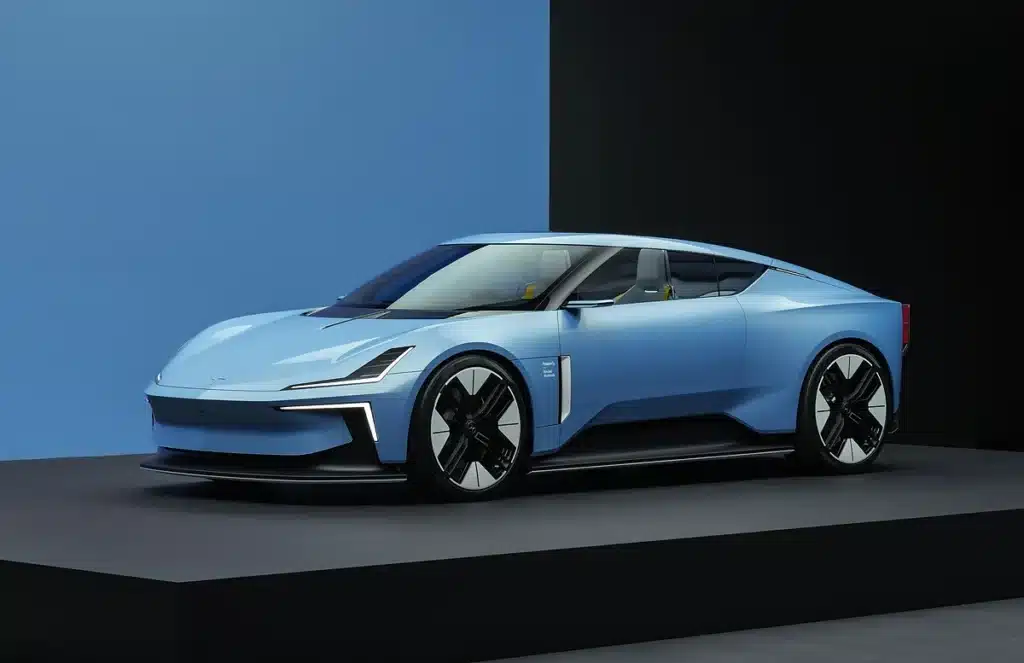
Industry insiders like Andy Palmer, former COO of Nissan and ex-CEO of Aston Martin Lagonda, believe that the task of making Polestar profitable will be a steep uphill battle. “You can’t achieve profitability through cost-cutting alone,” Palmer says. “I can easily see a conversation emerging where Polestar becomes a sub-brand of Volvo or Geely.” The challenge is that operating as a separate brand comes with significant costs, including massive marketing expenses, without the economies of scale that other brands like Tesla enjoy.
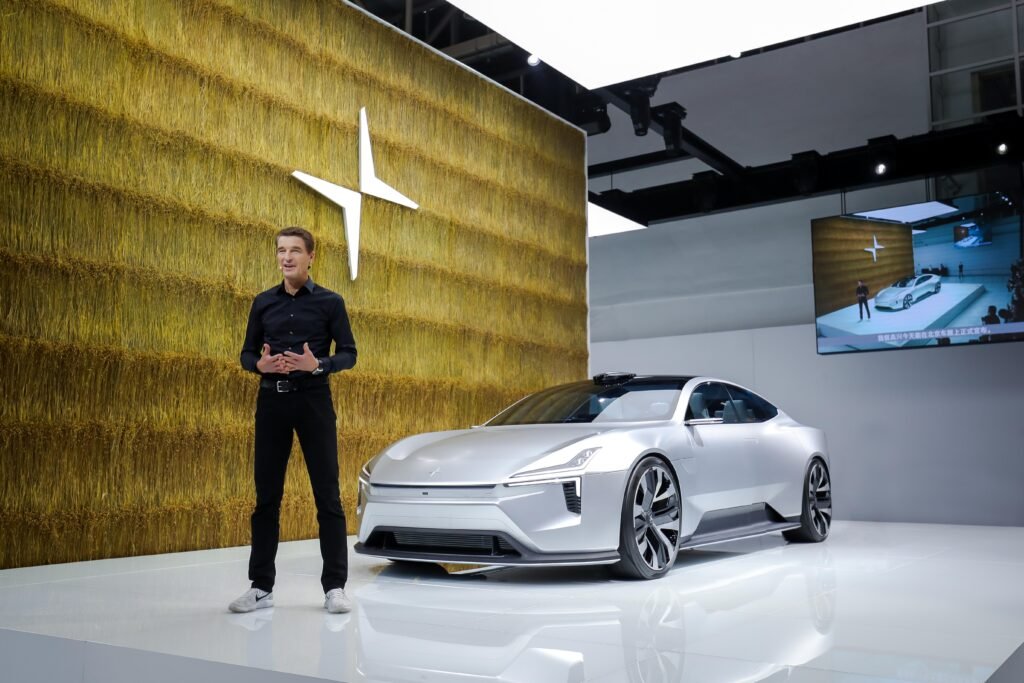
Brand Identity Crisis
One of the key challenges facing Polestar is its identity. Palmer highlights that many people in the industry already view Polestar as simply Volvo’s electric vehicle brand. “Operating it as a separate brand doesn’t make much sense,” he adds. Polestar has sold approximately 170,000 cars since its inception, but its recent struggles raise questions about its future as a stand-alone marque.
READ MORE: META Just Revealed The Future of AR
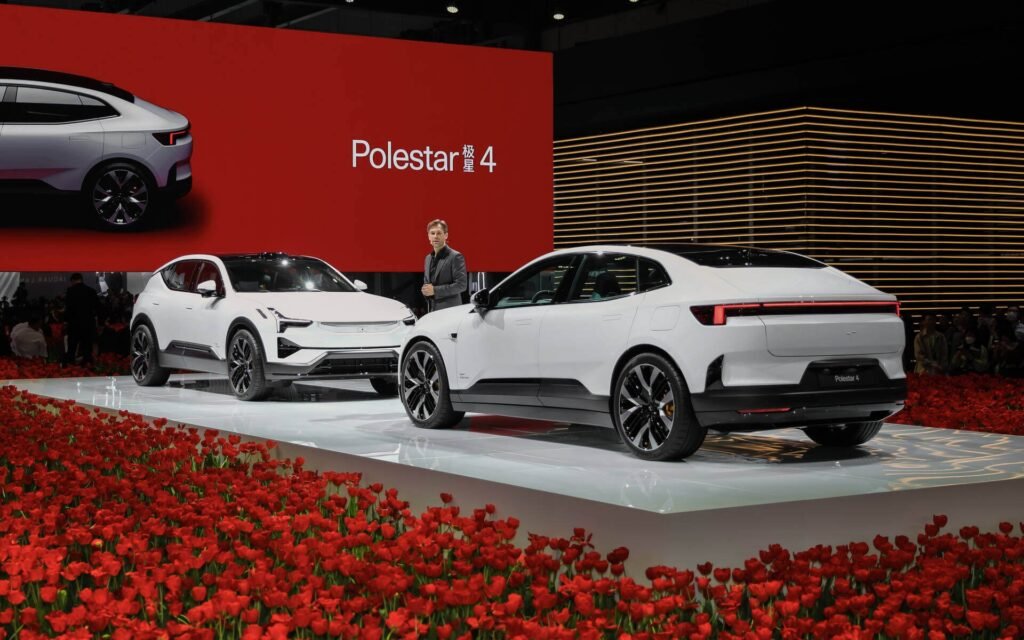
Earlier this year, Volvo reduced its stake in Polestar and cut funding to the brand, leaving Polestar to secure external financing. In August, Polestar raised $300 million through a one-year revolving term loan facility, following a $950 million loan from a banking syndicate led by BNP Paribas. While these loans offer a temporary lifeline, the company’s future remains uncertain, particularly as Thomas Ingenlath, Polestar’s former CEO, resigned in August after overseeing deepening losses of $1.46 billion.
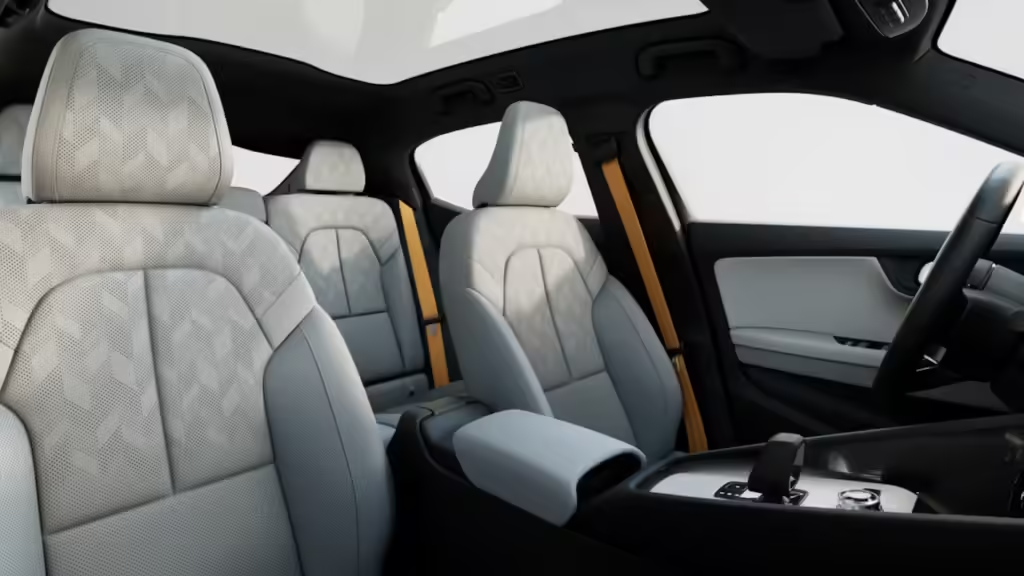
Leadership Changes at the Helm
Ingenlath has been replaced by Michael Lohscheller, an automotive industry veteran with experience at Opel. In September, Jean-Francois Mady, a former senior Stellantis finance executive, joined as the new CFO, replacing Per Ansgar, who had been serving as CFO on a transitional basis. Together, Lohscheller and Mady face the difficult task of reversing Polestar’s fortunes in an increasingly competitive EV market.
READ MORE HERE: Uptober is Here and Your Crypto Will Pump!
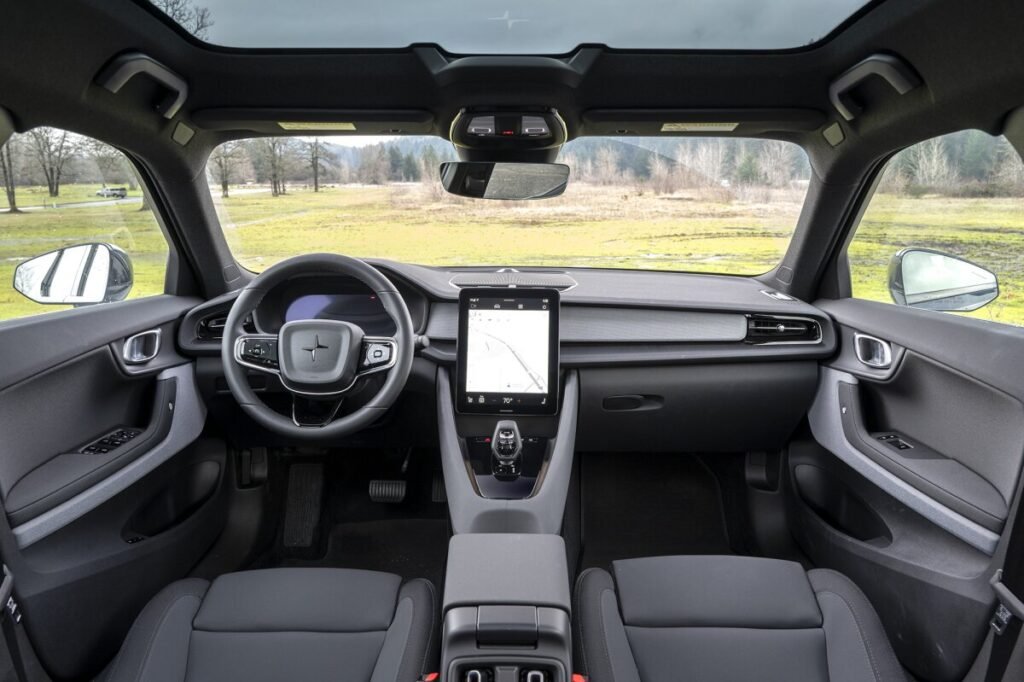
Polestar’s stock price has reflected the brand’s recent struggles. While the stock hit a high of $15 in November 2021, it closed at just 63 cents on August 7, 2024. “We have been trading below $1 for quite some time,” Ansgar said during an earnings call. The company has until early next year to address this issue, or it risks being delisted from stock exchanges.
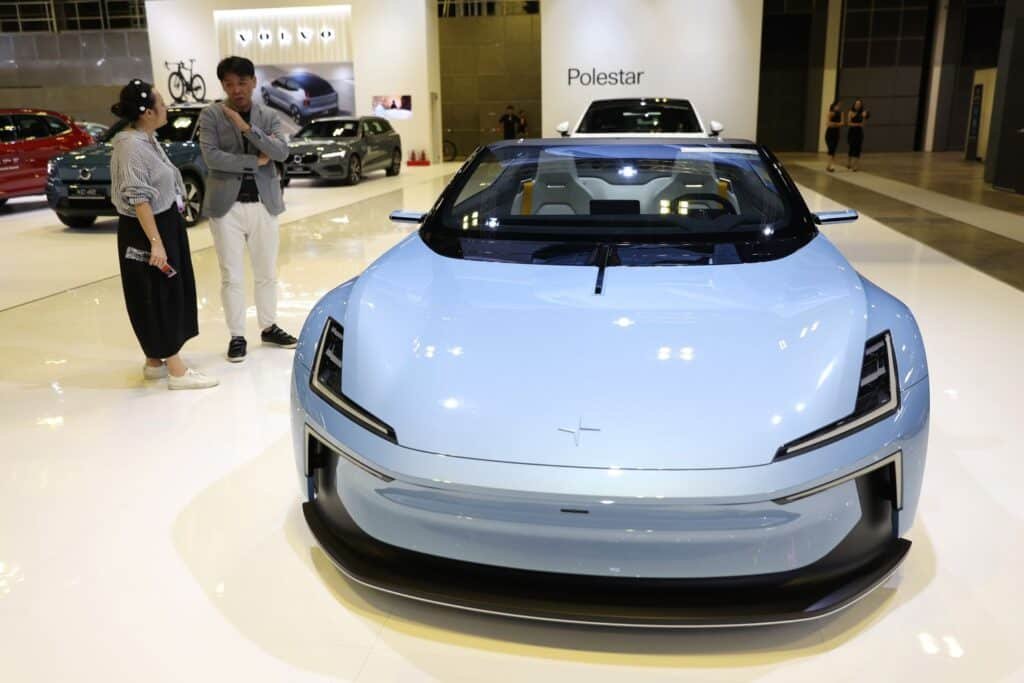
Still, Ansgar remains optimistic, stating that increased deliveries of Polestar 3 and Polestar 4, combined with positive customer feedback, should help the stock price rebound. However, with growing losses and market competition heating up, Lohscheller and Mady have their work cut out for them to turn things around.
Sales Targets and Struggles
Polestar missed its 2023 sales target of 60,000 vehicles, managing to deliver only 54,600 units, the majority of which were the China-made Polestar 2. The company’s revenue dropped by 26% in the second quarter of this year, due to lower global sales and the need for higher discounts in an increasingly competitive EV market.
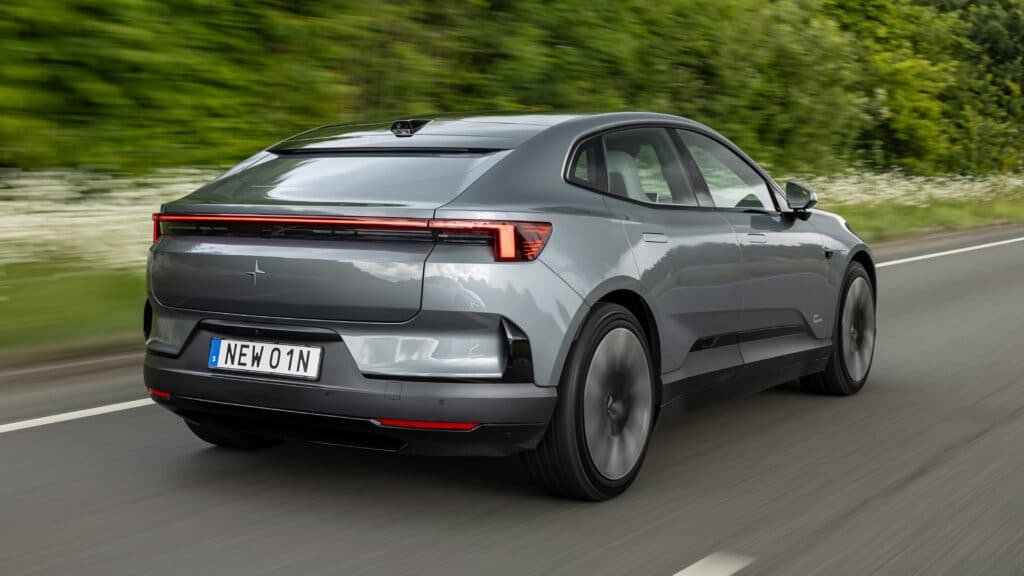
Palmer argues that while having a designer like Ingenlath as CEO was an interesting experiment, it may not have been the right move for a brand struggling to make money. “I don’t know if appointing accountants is automatically the right answer,” Palmer says, “but having executives with car industry experience that understand both financing and manufacturing is critical.”
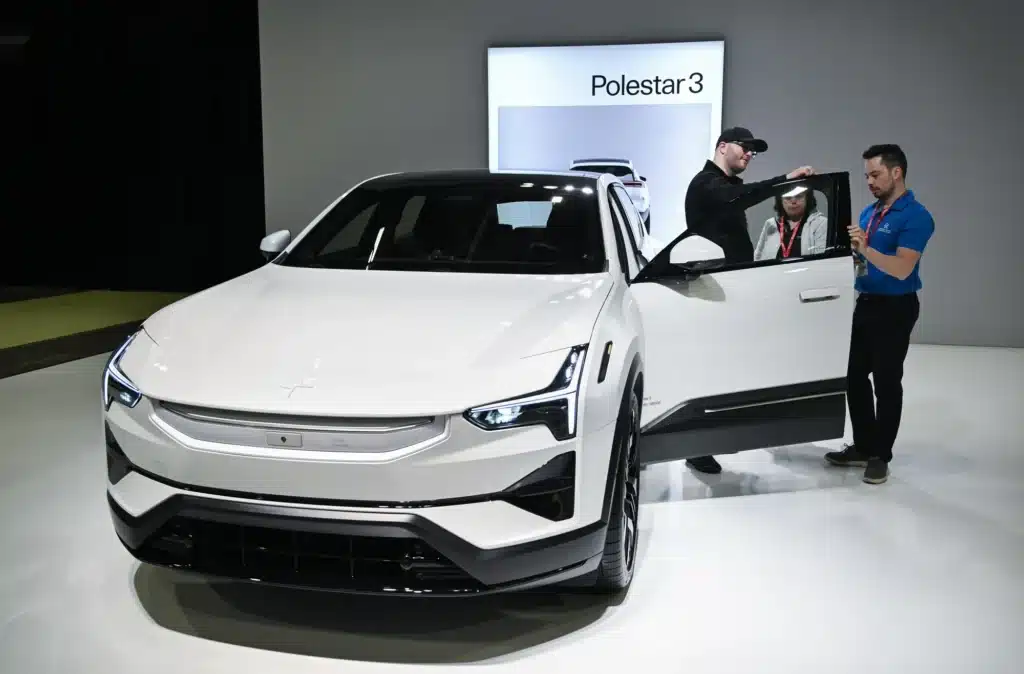
A Shifting EV Market
With EV sales slowing globally, the challenges facing Polestar are not unique to the brand. Wells, the Cardiff University professor, points out that Polestar is just one of many premium EV brands struggling to find its footing in a saturated market. “There’s a lot of pressure in the premium EV space,” Wells says, predicting that many brands won’t survive the current downturn.
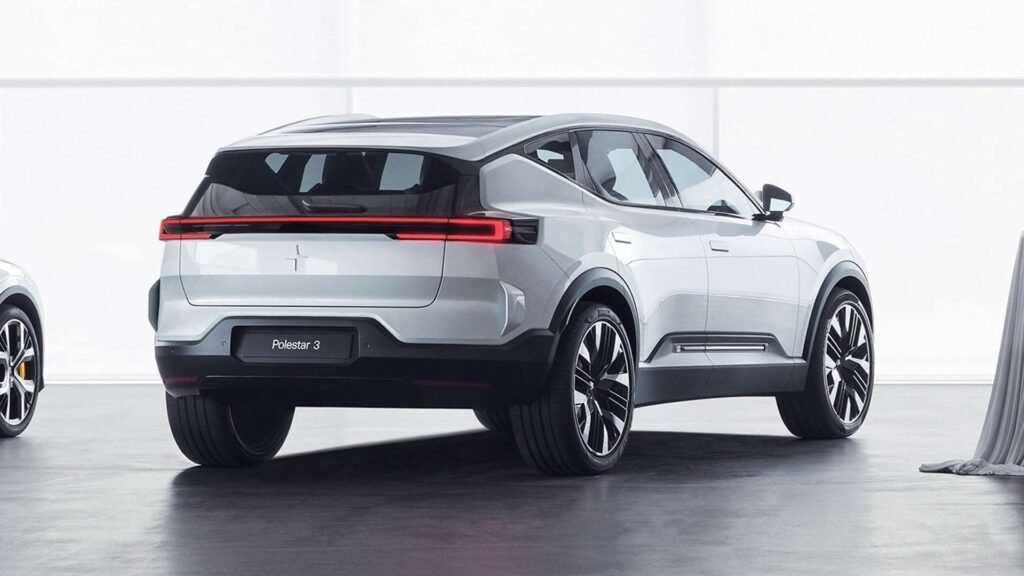
One of Polestar’s main struggles is its lack of brand differentiation from Volvo. According to Wells, “Consumers don’t know what Polestar is supposed to represent or how it differs from Volvo.” The design similarities between Polestar and Volvo models, such as the EX90 and the Polestar 3, have led to confusion among consumers. Polestar needed to establish a more distinct identity, with visual and performance differences that set it apart from Volvo.
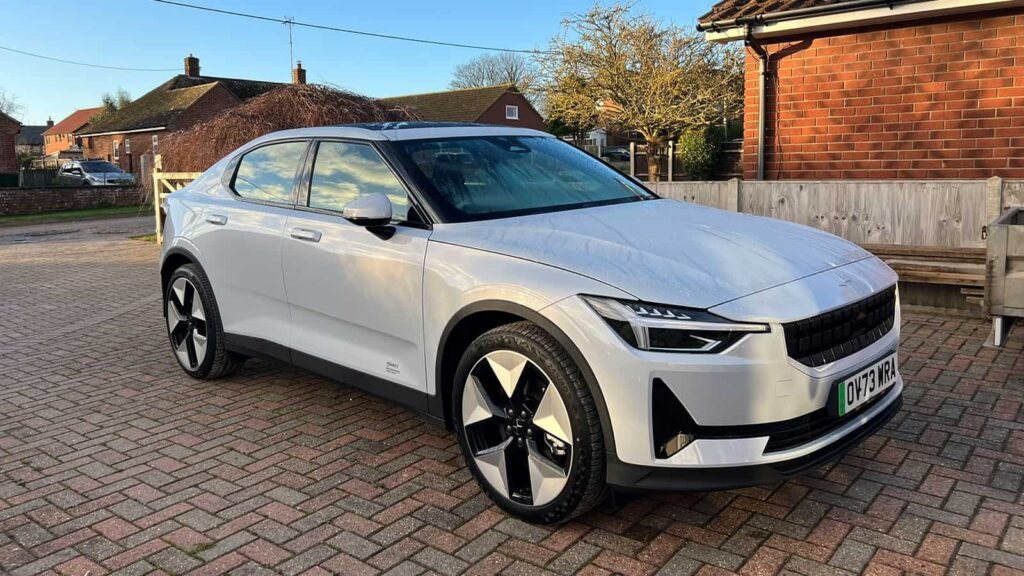
The Road Ahead
Polestar’s new production plant in South Carolina should help it avoid tariffs imposed on China-made vehicles, as the brand seeks to boost its US sales with the launch of the Polestar 3 SUV. The plant will manufacture Polestar’s US-bound vehicles, allowing the brand to better compete in a crucial market.
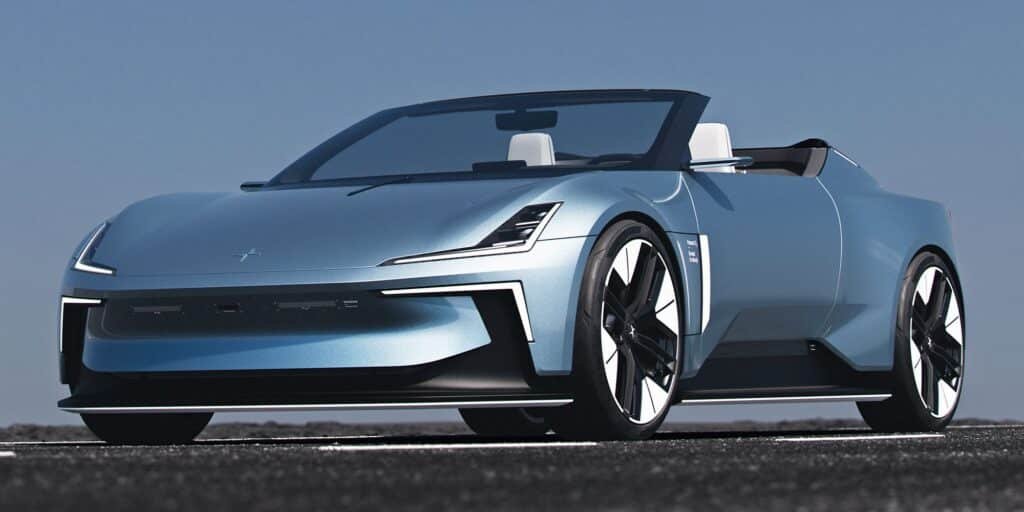
Dominic Vergine, CEO of British EV startup Monumo, believes that technological advances in AI and battery technology will eventually lower production costs for EVs, which could provide an opportunity for brands like Polestar. However, Vergine cautions that time may not be on Polestar’s side, given the current market challenges.

Can Polestar Survive as a Stand-Alone Brand?
As Polestar works to navigate the evolving EV market, the question of whether it will remain a stand-alone brand looms large. Both Palmer and Wells agree that Polestar could benefit from closer integration with Volvo, given the high costs of maintaining a separate brand identity. “In a growing market, there’s room to make mistakes,” says Wells. “But in today’s depressed market, the pressure to be profitable is immense.”
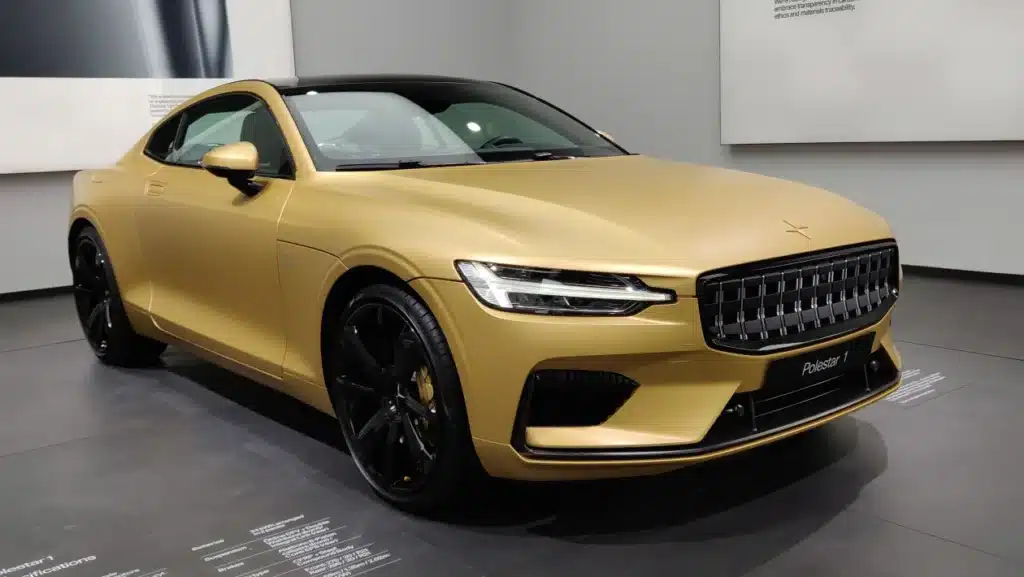
While Lohscheller and Mady are tasked with stabilising Polestar, it remains to be seen whether their efforts will be enough to secure the brand’s long-term future. As Polestar gears up for the launch of new models, including the Polestar 4 SUV coupé, the coming months will be critical in determining whether the brand can carve out a place for itself in the competitive EV landscape—or if it will eventually fold back into Volvo’s fold.
Read about it more in our online magazine at https://whatshotinuae.com.



